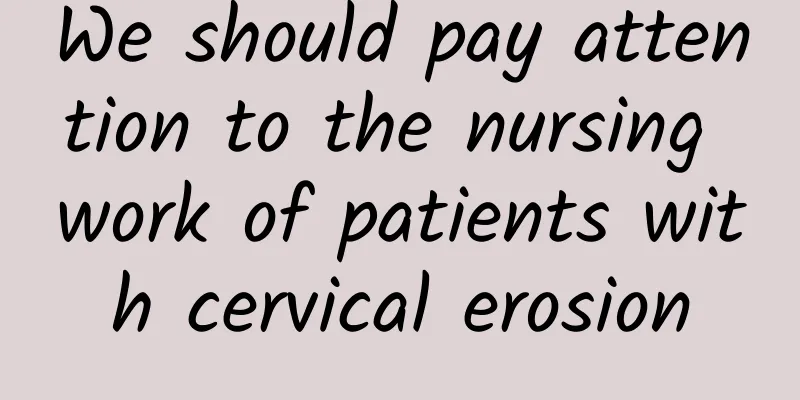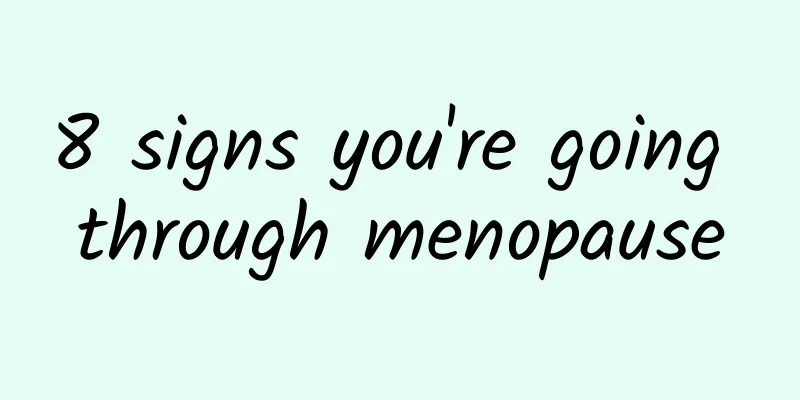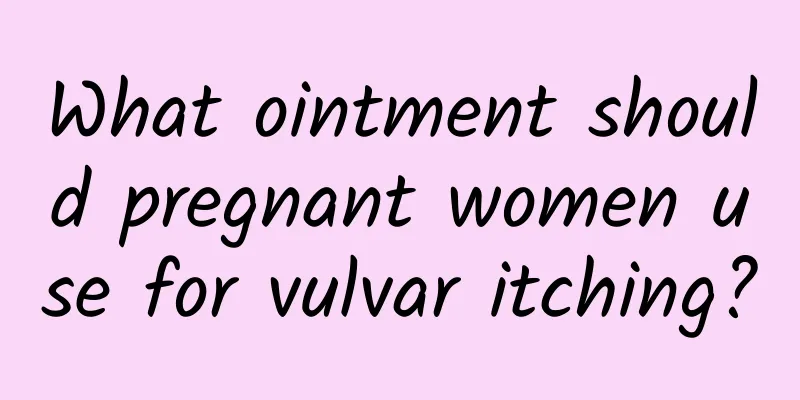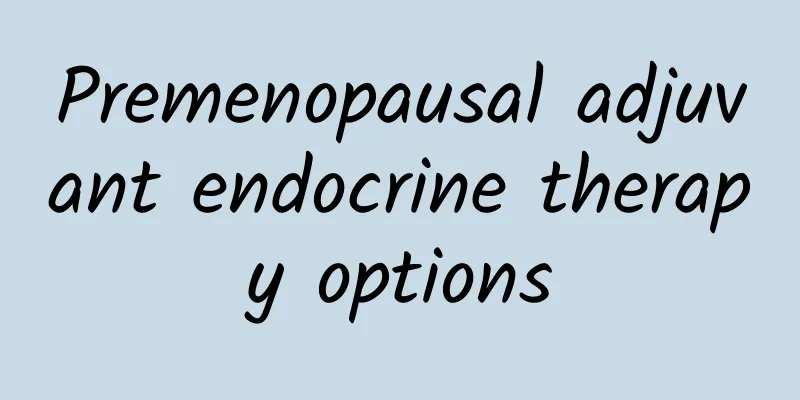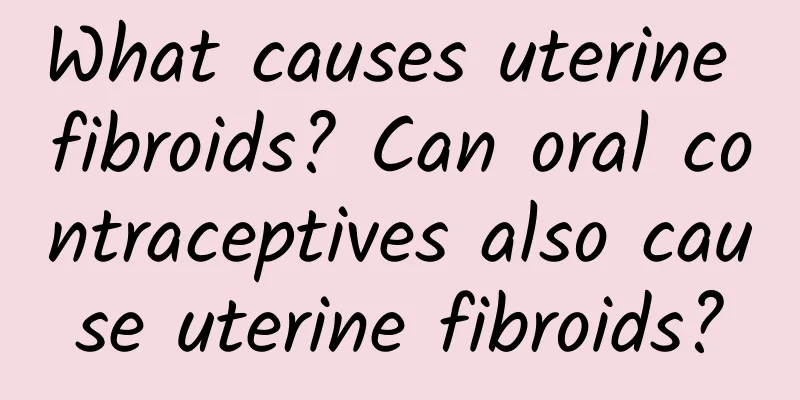What causes left ovarian cyst?
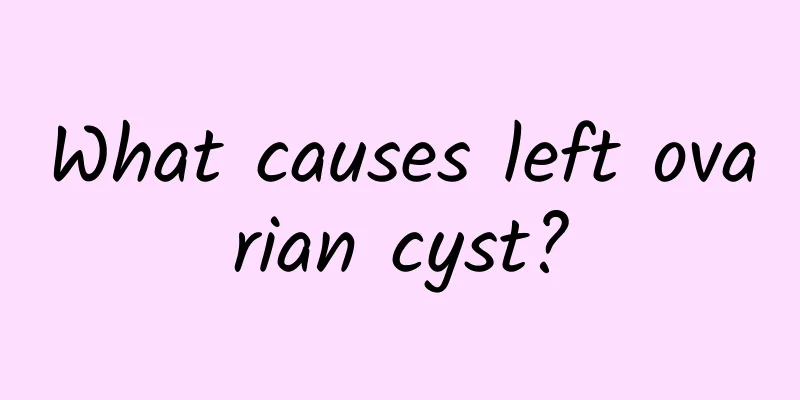
|
Treatments for left ovarian cysts include medication, surgery, and lifestyle adjustments. The causes of ovarian cysts may be related to abnormal hormone levels, genetic factors, environmental factors, and physiological changes. Oral contraceptives, gonadotropin-releasing hormone agonists, and progesterone are commonly used for medication; laparoscopic surgery, laparotomy, or cyst puncture can be selected for surgical treatment; lifestyle adjustments include a balanced diet, moderate exercise, and stress reduction. 1. Abnormal hormone levels are one of the common causes of ovarian cysts. The imbalance of estrogen and progesterone in women may cause the follicles to fail to ovulate normally, forming functional cysts. This type of cyst is usually benign, and can be treated by regulating hormone levels through oral contraceptives or using gonadotropin-releasing hormone agonists to inhibit ovarian function and reduce cyst formation. 2. Genetic factors may also lead to the occurrence of ovarian cysts. Polycystic ovary syndrome or other genetic diseases in some families increase the risk of ovarian cysts. For such cases, it is recommended to have regular gynecological examinations, assess genetic risks through genetic testing when necessary, and take preventive measures. 3. Environmental factors such as long-term exposure to chemicals, radiation or bad living habits may affect ovarian health. Reducing exposure to harmful substances, quitting smoking and limiting alcohol consumption, and maintaining a healthy weight can help reduce the risk of cysts. In terms of diet, you can increase the intake of foods rich in antioxidants, such as dark vegetables, fruits and nuts, while reducing the intake of high-sugar and high-fat foods. 4. Physiological changes such as abnormal menstrual cycles, pregnancy or menopause may also cause ovarian cysts. These cysts are usually related to changes in ovarian function, and can be treated with progesterone to regulate the menstrual cycle or with laparoscopic surgery to remove the cysts. For menopausal women, hormone replacement therapy may help relieve symptoms. 5. Trauma or infection may also lead to the formation of ovarian cysts. Pelvic surgery, inflammation or infection may damage ovarian tissue and form cysts. Treatment should be targeted at the primary cause, such as using antibiotics to control infection, or surgery to remove cysts and repair damaged tissue. The treatment of left ovarian cysts requires an individualized plan based on the specific cause and symptoms, combined with healthy lifestyle adjustments and regular checkups to monitor changes in the condition and ensure ovarian health. |
<<: What to do if secondary amenorrhea is not treated
>>: What are the dangers of cervical hypertrophy
Recommend
Where is the abortion usually done?
Where is abortion usually performed? Generally sp...
Excessive cleaning of her vagina caused her to suffer from cervicitis
Emma, 32, works in a bank and comes into contac...
What are the early symptoms of habitual miscarriage?
Habitual miscarriage is a huge blow to expectant ...
Is it harmful for women to have an abortion during the 10th week of pregnancy? Women should pay attention to 4 points in their diet during the 10th week of pregnancy.
It is very common for women to have abortions, bu...
When will uterine fibroids be removed? When will uterine fibroids be removed?
Under what circumstances will uterine fibroids be...
Sometimes the early symptoms of uterine fibroids are accompanied by a feeling of falling
Most early symptoms of uterine fibroids are disco...
Can severe morning sickness lead to miscarriage?
Severe morning sickness can easily cause acidosis...
The cause of pelvic inflammatory disease is related to direct spread
Pelvic inflammatory disease is a relatively commo...
What are the causes of vulvar itching?
Vulvar itching is a common gynecological symptom,...
Experts talk about some nursing principles for women with dysmenorrhea
Dysmenorrhea is also a painful thing for women, b...
Understand the benefits of conservative treatment of ectopic pregnancy
Conservative treatment of ectopic pregnancy mainl...
What are the symptoms of hyperprolactinemia? Don't ignore these 6 symptoms
The pituitary gland secretes prolactin, which is ...
What are the symptoms of postmenopausal women?
Modern women are under great pressure in life. Th...
I had an abortion and it caused inflammation and abnormal vaginal discharge
Inflammation and abnormal vaginal discharge after...
Is cervical erosion contagious?
Is cervical erosion contagious? This is a topic o...
